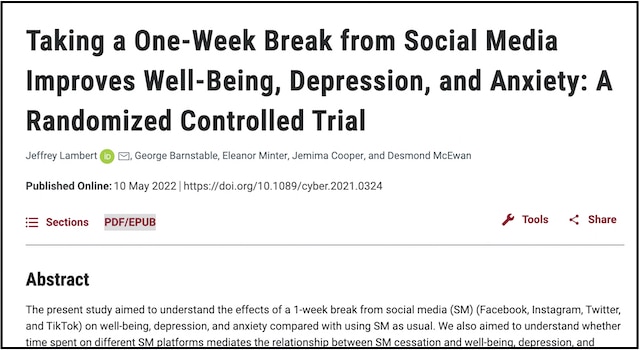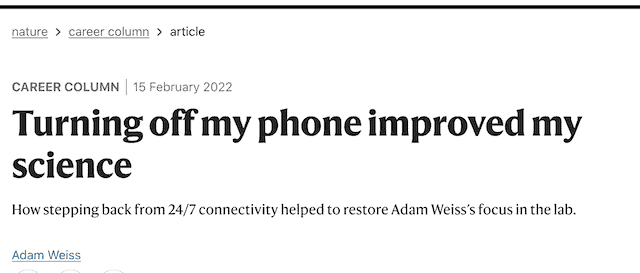Several readers have recently pointed me toward a productivity tool called Inbox Pause, which allows you to prevent messages from arriving in your email inbox for a set amount of time. You could, of course, simply decide not to check your inbox for this period, but as every knowledge worker who has ever used email has learned, it can be very, very difficult to resist a quick check when you know there are messages piling up, desperate for your response.
I like this tool. Among other benefits, it can provide a nice support system for time block planning. When you start a block that doesn’t require email, you can setup a pause to make sure you’re not tempted to abandon whatever demanding activity you’ve planned to instead fall back into the comfort of stupefying inbox sifting.
Pausing on its own, however, cannot fully solve the problem of communication overload. As I argue in my book, A World Without Email, the foundation of our overload is a widely-adopted collaboration style that I call the hyperactive hive mind. This is an approach in which work is coordinated with a series of ad hoc, on demand, unscheduled, back-and-forth messages — be them emails, instant messages, or texts (the actual technology doesn’t really matter).





